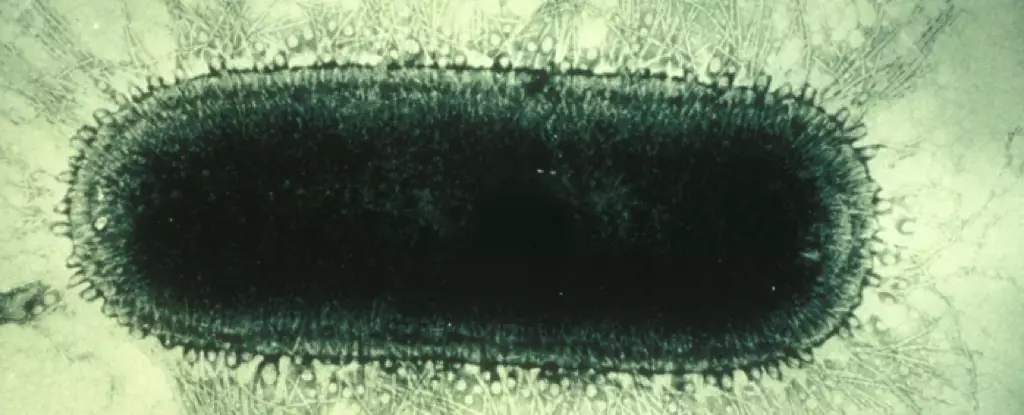Rabies, a viral disease, has plagued humanity for thousands of years. It is a neglected tropical disease that primarily affects poorer communities lacking the necessary infrastructure for proper surveillance, prevention, and control. Recently, a feral kitten in Omaha, Nebraska tested positive for the raccoon variant of rabies, raising concerns of a potential outbreak and prompting a public health task force to vaccinate raccoons in the area. To prevent future outbreaks and protect ourselves from this deadly disease, it is essential to understand how rabies is transmitted and the efficacy of vaccination.
Rabies is caused by Lyssaviruses, a group of viruses that target warm-blooded vertebrates. While all mammals are considered susceptible to infection, only certain animals serve as reservoirs, where the pathogen can live, multiply, and transmit. In the United States, the highest-risk animal reservoirs for rabies are skunks, bats, foxes, coyotes, and raccoons. Most human infections occur through animal bites, although contact with open wounds or the mucous membranes can also result in transmission. Once the virus enters the body, it can begin replicating in muscle tissue before reaching the brain. From there, it spreads to other organs, ultimately causing brain inflammation and death.
Determining the true global burden of rabies is challenging due to insufficient surveillance. While the incidence of human rabies is rare in the United States, causing one to three cases per year, the disease claims tens of thousands of lives annually worldwide. Rabies rates in animals can vary each year, and lower- and middle-income countries have experienced disruptions in animal vaccination due to factors such as vaccine production and access issues, as well as increased feral animal populations. Multiple ecological and socioeconomic factors have contributed to the rise of human rabies cases in various countries, including proximity to urban populations, transportation hubs, climate change, increased rates of interactions between humans and animals, and limited education and prevention measures.
Historically, attempts to control rabies involved animal culling, which proved ineffective and raised ethical, economic, and ecological concerns. Instead, animal vaccination has emerged as a more successful strategy, protecting both animals and humans with minimal risk and reduced costs. Oral rabies vaccination campaigns have been implemented worldwide, with success in controlling rabies among wildlife populations, such as coyotes, foxes, and raccoons. Additionally, regular and appropriate pet and livestock vaccinations are crucial for curbing exposures to the rabies virus.
Preexposure prophylaxis (PrEP) involves exposing the immune system to a harmless version of the virus to prevent future infections. For individuals in high-risk occupations, such as wildlife biologists, veterinarians, and animal control personnel, two doses of a rabies vaccine can provide significant protection. Postexposure prophylaxis (PEP) is administered immediately after exposure to prevent infection. It typically involves a dose of human rabies immune globulin (HRIG) to neutralize the virus, followed by multiple doses of the rabies vaccine. Prompt reporting of animal bites to health professionals is essential for timely intervention.
There are several practical steps individuals can take to protect themselves from rabies:
– Vaccinate and supervise your pets to prevent them from contracting and spreading rabies.
– Avoid handling wild animals that appear to be acting strangely, as they may be infected.
– Refrain from touching sick, injured, or dead animals, as they could be carriers of the virus.
– Never attempt to feed wildlife, as this can lead to unwanted encounters and potential transmission of the virus.
– Treat animals with respect by avoiding behaviors that may provoke aggression, disturb sleep, or tamper with their offspring.
– Always report any animal bites to the appropriate authorities or healthcare professionals for immediate attention.
Rabies remains a significant public health concern, with the potential for deadly outbreaks, as demonstrated by the recent case in Omaha. Understanding the transmission mechanisms of rabies, the global burden of the disease, and the benefits of vaccination are crucial in preventing future outbreaks. By taking preventive measures and ensuring proper vaccination, we can minimize the risk of rabies and protect both ourselves and our animal companions. Let us strive for a world free from the threat of rabies.


Leave a Reply